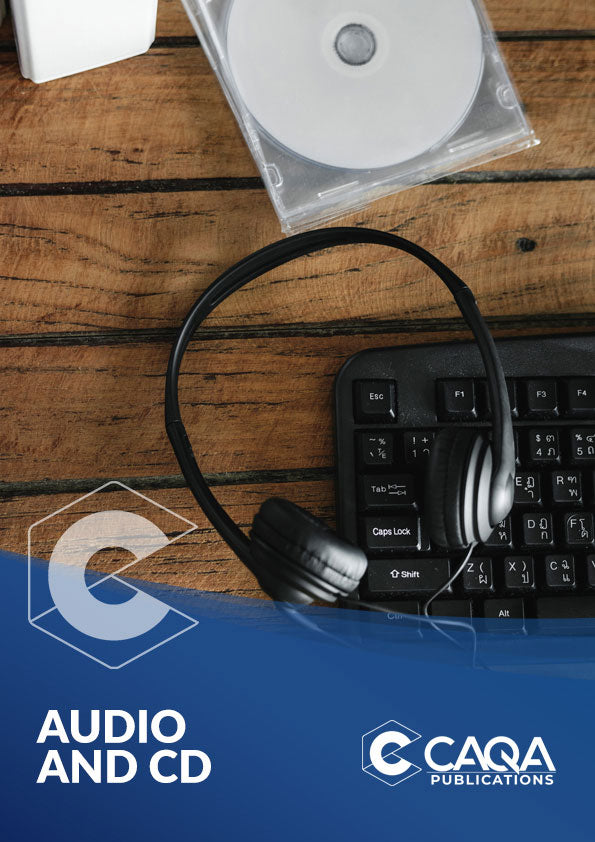Has the Australian Skills Quality Authority taken Australia back 30 years?
The effects of the VET regulator’s actions on our industry and Australia’s reputation with regards to innovative learning has been detrimental to what is internationally seen as best practice. The attitude towards learning methods that are applied outside traditional face-to face classroom based training have put our education system at risk. We are not reaching out to the learners that desperately need training and education but rather asking them to fit the traditional classroom mold.
Introduction
It was the early 1970s when computer technology was introduced. The early 1980s we had .edu/.gov/.com and a variety of other domain names. In the early 1990s the world wide web was introduced to the public. The early 2000s saw e-commerce, m-commerce, online learning and education set to flourish across the globe.
After almost 30 years of the internet being available to the general public and becoming one of the most important commodities, we are writing this article to discuss the advantages of providing online education and digital literacy and asking where Australia is standing today in terms of global trends.
Information technology and digital literacy
Since the arrival of information technology and digital literacy, the relationship between learners and educators has been transformed. Learners today have access to a variety of sources of information through the internet, television and other mediums rather than just relying on books and what is taught in the classroom. Consequently, the training and education approach for curious minds has changed and has gradually become more collaborative and interactive, by digital means, all over the world. We have however found, through official submissions and audit reports, that Australia’s Vocational Education and Training Sector Regulator - Australian Skills Quality Authority (ASQA) considers online education as “high risk” and have audited and closed down a number of vocational education and training providers because they were providing online education.
Digital education is a revolutionary means of transmitting knowledge and now plays an important role for learners. This country is experiencing a number of challenges such as outdated teaching methods, a lack of qualified and competent industry trainers and staff that want to work in the vocational education and training sector, a highly disproportionate student-trainer ratio and a lack of quality education and learning material.
We strongly believe that online education should be promoted rather than demoted by the regulatory body. Online learning can supply educators and trainers with training resources and engage learners in many ways by using multimedia training tools, interactive e-classrooms, utilising digital tools such as smartboards, Led screens, videos, etc. It also allows one trainer to provide information digitally across several locations via immersive digital media to tackle the country's qualified trainer shortage.
Transparency and skillset needed from a regulator as a model litigant
The industry needs a regulator who makes fewer mistakes, takes into account due diligence and does not have a heavy-handed approach when it comes to dealing with innovative practices in training organisations.
How many criteria of the Regulator Performance Framework, released by the Australian Government does the Australian Skills Quality Authority (ASQA) meet?
For more information click here.
Can ASQA provide a report as to how they are meeting their KPIs like other government departments do, for e.g. The Department of Health produces as part of their self-assessment?
For more information click here.
- KPI 1 Regulators do not unnecessarily impede the efficient operation of regulated entities
- KPI 2 Communication with regulated entities is clear, targeted and effective
- KPI 3 Actions undertaken by regulators are proportionate to the regulatory risk being managed
- KPI 4 Compliance and monitoring approaches are streamlined and coordinated
- KPI 5 Regulators are open and transparent in their dealings with regulated entities
- KPI 6 Regulators actively contribute to the continuous improvement of regulatory frameworks
In civil litigation, the Commonwealth has a duty to act as a Model Litigant.
For more information click here.
ASQA, as a Government Agency has a duty and a responsibility to ensure they remain fair, impartial and maintain proper standards in litigation.
In simple terms, the model litigant obligation requires the government (including ASQA) to apply the highest standards of ethical behaviour at all times including during court and tribunal cases. Specifically, the Legal Services Directions 2017 explains government bodies are obliged to be a model litigant and should always:
- deal with claims promptly without causing delay
- act consistently in all matters
- attempt to avoid, prevent and reduce the scope of litigation
- keep costs as low as possible
- try not to take advantage of the other party, especially if they lack resources, and
- avoid relying on technical defences.
In addition, ASQA has an obligation to assist the Tribunal under section 33 (1AA) of the Administrative Appeals Tribunal Act 1975 (Cth) (AAT Act). This section requires that ASQA must focus on assisting the Tribunal to make the correct decision, rather than defending its own original decision. This duty to assist the Tribunal means ASQA should be:
- making information easily available to the Tribunal
- avoiding delays, and
- actively presenting new material (such as evidence of remedial action)
Further, ASQA’s legal practitioners have additional general duties to the Tribunal. These include the duty not to mislead the Tribunal regarding facts or law, the duty to produce all relevant documents under section 37 AAT Act and the duty to disclose the whole of the law, even if they believe it to be unhelpful or inapplicable.
Australia internationally
We can learn a lot just by observing and looking at how other countries have achieved an excellent vocational education and training sector and how they are making continuous progress to achieve excellence.
Let’s take the example of Finland, where vocational education and training (ammattikoulu) is very flexible, not only for highschool students but also for adults, looking for a career change or those who want to supplement their skills in their current occupation.
Finland in 2018 shifted its system-centred approach to a competency-based system. The courses are available through education and training institutions, workplaces and in digital learning environments.
Microcredentials (short courses to improve skills in a particular industry area) are available in preparatory education and training not leading to a qualification. VET providers are municipalities, federations of municipalities, a state-owned institution and foundations. The foundations consist mainly of municipalities and various private organisations and companies, all of which are government dependent.
Organisations are required to follow national qualification requirements, but they have the freedom to select teaching/learning methods, learning environments and pedagogical solutions, such as traditional contact teaching, simulators and other digital learning environments, and workplaces for learners.
Understanding Ai, machine learning and datafication works will be necessary skills that future employees in Australian Industries will require. Who is going to provide this and how can we do it? Look at https://aiclass.se/ for a Swedish solution to this skills shortage.
Reaching out to the students can not afford face to face training
In 2016, the World Economic Forum proposed eight digital skills that every child needed and a plan for teaching them.

The challenge for educators, according to the WEF, is to “move beyond thinking of IT as a tool, or ‘IT-enabled education platforms’ ”, and instead “to think about how to nurture students” ability and confidence to excel both online and offline in a world where digital media is ubiquitous”.
The OECD agrees, warning in its Going Digital series https://www.oecd.org/going-digital/ that despite our depiction of young people as “digital natives”, the technology skills of students often are limited to basic communication and browsing capabilities, and studies consistently find that digital technology is associated with moderate learning gains but the impact is variable.
Technological change is especially important in Australia, where the challenges of geography affect all areas of policy making, and growing regional unemployment is front and centre.
The National Centre for Vocational Education Research has proposed an Australian workforce digital skills framework such as that which already exists in the EU’s DigComp (digital competencies) framework https://ec.europa.eu/jrc/en/digcomp
Understanding artificial intelligence, machine learning and datafication works will be necessary skills that future employees in Australian Industries will be required to have. Who is going to provide this and how can we do it? Look at https://aiclass.se/ for a Swedish solution to this skills shortage.
We need a number of quality education and training organisations that can provide students education and training in the home or at work or wherever and whenever wanted. Education needs to be affordable and not require travel, come with parking expenses or only fits between certain hours. Important questions we need to ask are:
- Why is flexible, online learning and digital learning not being promoted by the national regulator?
- Why do we still not have an Australian workforce digital skills framework to promote, enhance and regulate the learning and outcomes in the digital space?
































 Talk to our experts now!
Talk to our experts now!
 03 8103 8000
03 8103 8000









